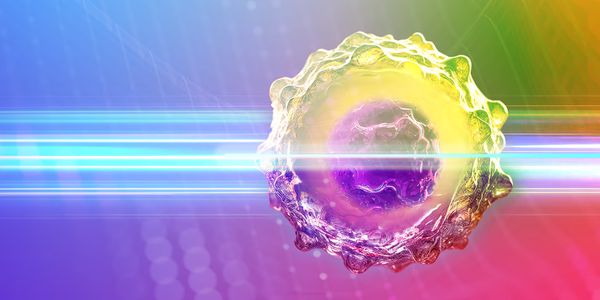
Building inner ear organoids from human pluripotent stem cells through directed self-assembly
-
Karl Russell Koehler
Assistant Professor, Indiana University School of MedicineBIOGRAPHY
The human inner ear contains ~75,000 sensory hair cells that detect sound or movement via mechanosensitive hair bundles and transmit signals to the brain via specialized sensory neurons. Inner ear sensory cells derived from pluripotent stem cells would provide a valuable model for drug testing, yet a defined differentiation approach has been challenging to identify. Our group has established a step-wise method for generating inner ear organoids, with functioning hair cells, from human pluripotent stem cells. In a 3D culture system, we modulated TGF, BMP, FGF, and WNT signaling to direct the self-organization of multiple otic vesicle-like cysts from a homogenous cell aggregate. Over a 60-day period, the vesicles developed into multi-chambered organoids with sensory epithelia containing hair cells, reminiscent of the membranous organs of the inner ear. This presentation will discuss the process of making inner ear organoids as well as the potential applications of this technique as a powerful tool for investigating human inner ear development and drug discovery.
Building inner ear organoids from human pluripotent stem cells through directed self-assembly
Please update your information
Certificate of Participation
DOWNLOAD CERTIFICATE






